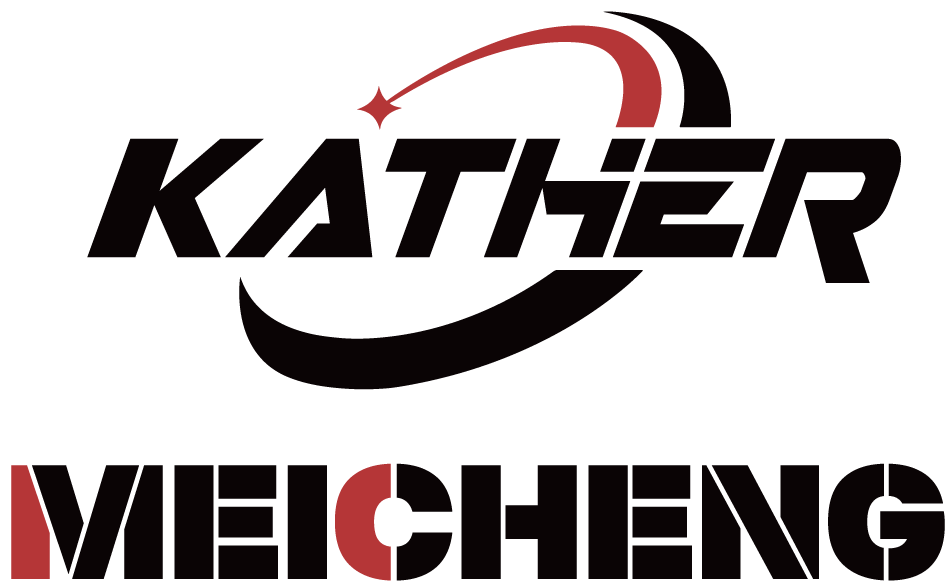Understanding Garden Tillers for Tough Soil Management
Breaking up hard clay soil can be one of the most challenging tasks in garden preparation. A garden tiller becomes an invaluable tool in this process, but choosing between front-tine and rear-tine models requires careful consideration of your specific needs. These powerful machines can transform stubborn soil into a workable growing medium, saving countless hours of manual labor and ensuring better growing conditions for your plants.
Whether you're preparing a new garden bed or maintaining an existing one, the right garden tiller can make all the difference in your soil preparation success. Let's explore the distinct characteristics, advantages, and ideal applications of both front-tine and rear-tine tillers to help you make an informed decision for your gardening needs.
Front-Tine Tiller Characteristics and Applications
Design and Operational Features
Front-tine tillers feature their tilling tines positioned in front of the wheels, making them naturally pull forward during operation. This design creates a more intuitive control experience, similar to pushing a lawn mower. The garden tiller's weight distribution focuses more on the front, which helps the tines dig into the soil effectively.
These machines typically come with adjustable tilling depths and variable speed controls, allowing gardeners to customize their approach based on soil conditions. The compact design makes them particularly suitable for navigating between established plantings and working in confined spaces.
Performance in Different Soil Types
When it comes to soil preparation, front-tine tillers excel in previously worked or moderately compacted soil. They perform admirably in sandy or loamy conditions, making them perfect for seasonal garden maintenance and bed preparation. While they can handle clay soil, they may require multiple passes and more physical effort from the operator.
The tilling action of front-tine models tends to be more superficial compared to their rear-tine counterparts, typically working the top 4-8 inches of soil effectively. This makes them ideal for preparing seedbeds and incorporating amendments into existing gardens.
Rear-Tine Tiller Capabilities and Advantages
Enhanced Power and Stability
Rear-tine tillers represent the more robust option in the garden tiller category, featuring powerful engines and heavy-duty construction. The placement of tines behind the wheels creates superior stability and allows for deeper soil penetration. This design reduces operator fatigue as the machine's weight and power do most of the work.
These machines often come equipped with counter-rotating tines, which can break up even the most challenging soil conditions with minimal effort. The additional weight and power make them particularly effective at breaking new ground or tackling heavily compacted clay soil.
Breaking Through Dense Clay Soil
When it comes to breaking through hard clay soil, rear-tine tillers demonstrate their true superiority. The combination of powerful engines and counter-rotating tines allows these machines to dig deep into compacted soil, breaking it up effectively in fewer passes. This efficiency translates to significant time savings and better soil preparation results.
The garden tiller's ability to maintain consistent depth and speed through tough conditions means more uniform soil preparation, which is crucial for establishing healthy garden beds. Many models can till to depths of 8-10 inches or more, creating ideal conditions for deep-rooted plants.
Comparative Analysis of Tilling Speed and Efficiency
Time Investment Considerations
When evaluating tilling speed, it's essential to consider the total time investment required for achieving desired results. While front-tine tillers may require multiple passes to break up hard clay soil effectively, their maneuverability can make them faster in smaller spaces or areas with obstacles.
Rear-tine models, though potentially slower to maneuver, often complete the job in fewer passes, resulting in better overall time efficiency for larger areas or particularly challenging soil conditions. The garden tiller's power and design significantly influence the speed at which you can achieve your desired soil preparation goals.
Labor and Energy Efficiency
The physical effort required to operate each type of garden tiller varies significantly. Front-tine models typically demand more operator input to maintain direction and depth, which can lead to increased fatigue during extended use. This becomes particularly noticeable when working with clay soil, as the operator must often assist the machine in maintaining its course.
Rear-tine tillers, conversely, require less physical exertion due to their self-propelled operation and superior weight distribution. While they may be more challenging to transport and store, the reduced operator fatigue during use often results in more efficient and consistent soil preparation.
Making the Final Decision
Garden Size and Soil Type Assessment
Choosing the right garden tiller depends largely on your specific circumstances. For small to medium-sized gardens with previously worked soil, a front-tine tiller often proves sufficient and more cost-effective. These machines offer the versatility needed for regular maintenance and seasonal soil preparation.
However, for larger areas or gardens with predominantly clay soil, investing in a rear-tine tiller can save significant time and effort in the long run. The superior breaking power and depth capability make them the optimal choice for challenging soil conditions.
Long-term Investment Considerations
When evaluating the cost-benefit ratio of your garden tiller purchase, consider both immediate and long-term factors. Front-tine tillers generally come with a lower initial investment and lower maintenance costs. They also typically require less storage space and are easier to transport.
Rear-tine tillers, while more expensive initially, often prove their worth through durability, power, and efficiency in demanding conditions. Their robust construction and superior performance capabilities can make them a more economical choice over time, particularly for serious gardeners or those dealing with challenging soil conditions.
Frequently Asked Questions
How deep can each type of tiller typically work?
Front-tine tillers typically work effectively to depths of 4-8 inches, while rear-tine tillers can usually achieve depths of 8-10 inches or more, depending on the model and soil conditions. The actual working depth may vary based on soil type and moisture content.
What maintenance is required for optimal tiller performance?
Regular maintenance for any garden tiller includes checking and changing oil, cleaning or replacing air filters, inspecting and tightening bolts, and keeping tines sharp and properly aligned. It's also important to clean the tiller thoroughly after each use and store it in a dry location.
How does soil moisture affect tilling effectiveness?
Soil moisture plays a crucial role in tilling effectiveness for both types of tillers. Working soil that's too wet can lead to compaction and clumping, while extremely dry soil can be difficult to penetrate. The ideal moisture content is when the soil can form a ball that breaks apart easily when dropped.
What safety precautions should be taken when operating a tiller?
Essential safety measures include wearing appropriate protective gear (closed-toe shoes, eye protection, and hearing protection), checking the area for obstacles or underground utilities before tilling, maintaining proper posture during operation, and never operating the tiller when children or pets are nearby.








